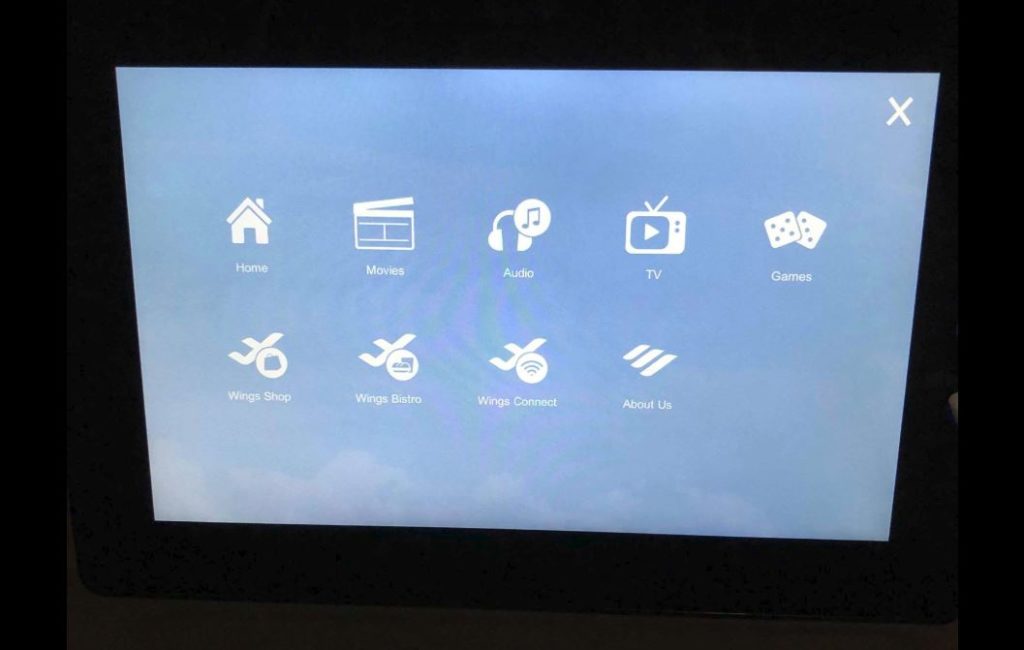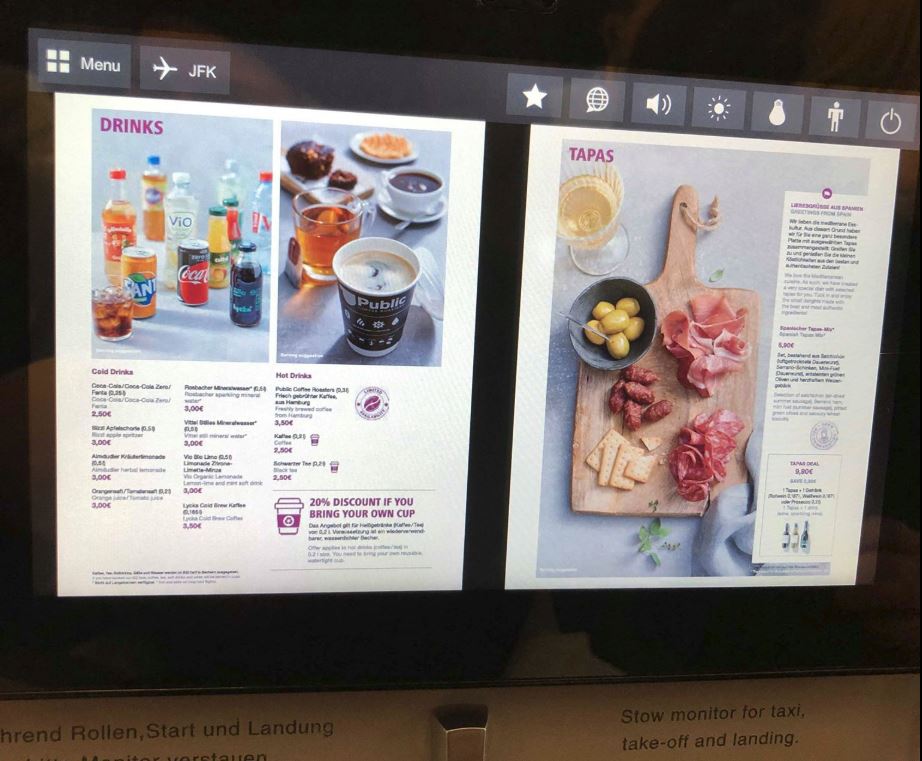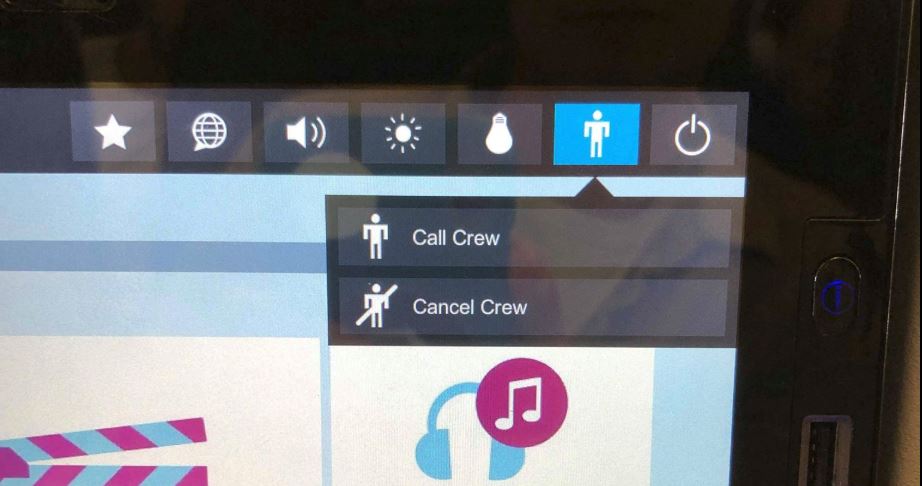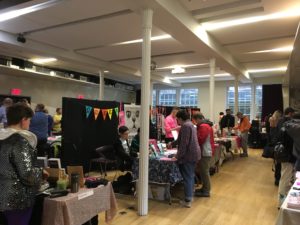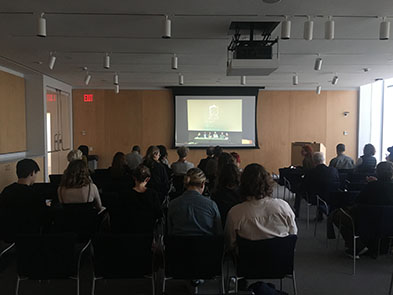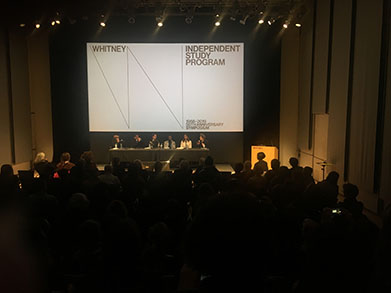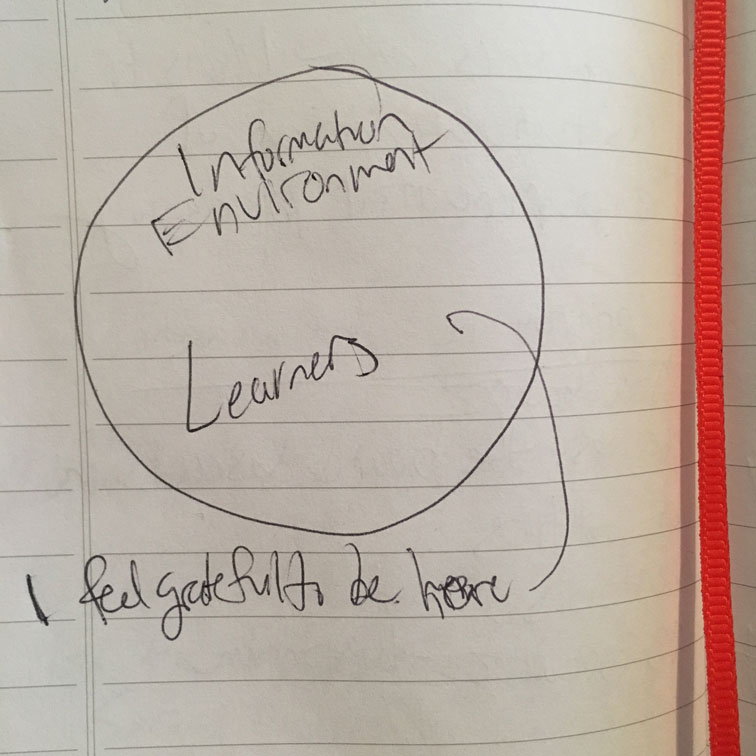This world is filled with persons, places, and things, interrelated with other persons, places, and things and given meaning by the context surrounding them. In thinking through this essay, considering what person, place, and thing are relevant to the themes of this course, to the field of information, and my future career within it, what thoughts and memories kept recurring surprised me. Though memories of library visits, of librarians, of all the things I have accessed because of libraries, I recognize that these all pertain to my experiences as an information seeker and user, less to my future in the information field. In reading pieces like Ravi’s (2019) “Miss Manhattan” and studying the ever-shifting sands of the information field, its constant convolution, I shifted with this these ideas. In pushing beyond where my mind has gone before, I found myself coming right back home – Catholicism.
I am a Catholic. I go to mass. I receive the body of Christ. Person. Place. Thing.
Take away a single part of this and Catholicism falls apart. Ravi’s essay inspired me to critically consider their alternative approach to thinking about the relationship of persons to places to things, its delicate identification of these three concepts as congruently existing in modeled sculptures across New York (2019). If one is able to consider persons, places, and things in a way understanding of layers of interconnection, even congruence, between them, then Catholicism must be relevant here, at least in a personal context. As a religion, it is, in theory, intangible and unembodied, thus ineligible for consideration as a person, place, or thing. But as hours of lecture and class readings have taught me this semester, practice, not theory, defines purpose and nature. As such, Catholicism is practiced and becomes known to us, becomes something we live, touch, and exist in. Because of this, I believe it appropriate for discussion in this post.
As person, Catholicism clearly exemplifies Bates’ (1999) concept of the metafield, as defined in identifying the information field as one that encompasses others in its theory and practice. Catholicism, extant on every continent, represented in some form in every country, is a breathing example of person in that its presence is facilitated by bodies, proxied for by every baptized baby, every confirmed adult. Temporally and geographically, the Catholic Church and her followers epitomize the metafield brought to life, an overarching structure alive with billions of beating hearts. Considering Catholicism as person reminds us that metafield structures are not cold, dead things, and that information absent a human vessel is impossible.
As place, Catholicism complicates, not theoretically but narratively. As a religious practice, Catholicism has entrenched itself in landscapes around the world, from far-flung towns to the largest of urban centers. Close examination of how Catholicism reached so many places quickly reveals its “difficult heritage,” a concept meant to describe the marking of “atrocities perpetrated and abhorred by” the entity that committed them as “significant history” (Macdonald 2016). The complication lies in the idea of the institution of Catholicism “abhorring” its historical policies and actions. Schools, rectories, religious camps, and sacristies where priest abuse occurred for decades still stand, the reality of what happened in these places still largely unacknowledged and unrectified by the Catholic Church. Physical Catholic structures, like churches, monasteries, convents, were used to extend the power of the Church and those that supported her into populations that did not want them, to colonize entire continents. Again, the Catholic Church again relegates the reality of their actions to darkness. As so much historiography and truth-telling has demonstrated, the physical manifestation of Catholicism as geography engenders a difficult heritage almost everywhere it has gone – understanding Catholicism as place opens this heritage up to being worked upon, to being brought into its own salvation through the use of information.
As thing, Catholicism explodes in relevance. At the heart of this faith is the scripture housed in our Bible, which, even if it is literally believed to be authored through the guidance of the Holy Spirit, is a just a book. Bolstering this text are pamphlets laid out in Church vestibules, ready for hungry eyes on Sunday mornings, Catechisms awaiting new students every fall, textbooks on theological morality, apologetics, and other Catholic philosophies. Catholicism’s entire existence is supported by its own production of information, cultivated over thousands of years. To invoke the language of Elfreda Chatman (1999), Catholicism as thing has been used to build a very large round in which every Catholic is expected to live forever. If there is anything to learn from considering Catholicism as thing, it is that the hard to reach and the information impoverished are not always those who are unaware or afraid of how information can be generated, accessed, and used, but also those are adept at these practices within their life in the round. Understanding this means we can address the invisible walls separating things like Catholicism from the rest of the world of information.
As centerpiece or backdrop, the persons, places, and things that make up Catholicism support or exemplify course themes of understanding the breadth of information science as a metafield, of understanding the use, misuse, or disuse of information surrounding history, and reaching information users who are hard to reach. On a personal level, the persons, places, and things that make up Catholicism represent who I am and why I want to work as an information professional.
I am a practicing Catholic, my journey within the Church pocked by the pitfalls that come with the rigors and rigidity of organized religion. Still, I do not walk away because I believe leaning in, listening, and filling gaps is part of my path as a Catholic. As I continue to study information science and understand this field, I have found that this belief in these things lends itself greatly to information work and filling gaps for those in the world we share. Considering Catholicism as person, place, and thing has demonstrated to me that entering the information field as a profession does not feel foreign – in many ways, it feels like coming home.
Bibliography:
Bates, M. J. (1999). The invisible substrate of information science. Journal of the American Society for Information Science, 50(12), 1043-1050.
Chatman, E. A. (1999). A theory of life in the round. Journal of the American Society for Information Science 50(3), 207-217.
Macdonald, Sharon. (2016). “Is ‘difficult heritage’ still difficult?” Museum International 67: 6–22.
Ravi, A. (2019, September 23). Miss Manhattan [blog post]. Retrieved from https://studentwork.prattsi.org/foundations/2019/09/23/miss-manhattan/.
Schwartz, Joan M. & Terry Cook. (2002). “Archives, records, and power: the making of modern memory,” Archival Science 2: 1–19.

